For thousands of years, people in the ancient Levant (in what is now the Eastern Mediterranean) used irrigation systems to mitigate the effects of climate change and maximize olive and grapevine yields, according to a study recently published in the prestigious scientific journal PLOS ONE.
The discovery offers new insight into the links between climate, agriculture , trade and human society in an area often considered the cradle of civilization - a place that witnessed the rise and fall of great empires such as Assyria, Babylon and the biblical Kingdom of Israel.
A research team from the University of Tübingen (Germany) and Durham University (UK) analyzed more than 1,500 grape and olive seed samples from about 25 archaeological sites spanning the present-day territories of Israel, Palestine, Lebanon, Jordan, Syria, Türkiye and northern Iraq.
The samples span a period of 3,000 years, from the Early Bronze Age (around 3,600 BC) to the late Iron Age (around 600 BC).
Using carbon isotope analysis, the researchers reconstructed the water conditions at the time the crops were grown.
“We wanted to understand how ancient people tended crops, especially grapes and olives, in the context of severe climate change in the Levant and northern Mesopotamia,” said Dan Lawrence, one of the study’s authors.
Unlike previous studies that focused on food crops such as barley and wheat, this study focused on industrial crops – grapes and olives – and was carried out using a groundbreaking method: simultaneously comparing seeds and wood charcoal samples excavated at the same site.
Comparing carbon isotopes in seeds and wood (which grow year-round) shows whether the tree was irrigated or not.
“If the isotopic values are similar, it means there was no irrigation. But if they differ significantly, it is a clear sign that the plant was artificially watered,” explains Mr Lawrence.
The results show that irrigation levels increased over time, demonstrating the ancient people's increasing adaptability to increasingly dry climates.
“During the study period, the climate became increasingly drier,” Mr Lawrence said. “There were even two rapid climate shifts that occurred around 4,200 and 3,200 years ago – both periods of severe drought.”
While these two events are often associated with the collapse of civilizations in the region, Mr Lawrence said they may not have been as severe as previously assumed and “what we want to do is assess the whole picture – both the long-term drying trend and the impact of these two events.”
Another notable finding is that arid regions that are accustomed to water-stressed conditions cope better during periods of extreme drought than previously wet regions.
“It may sound paradoxical at first, but because they are used to drought and have irrigation systems in place, when there is a drought, they are not passive,” said Dan Lawrence.
In some places, such as the ancient city of Emar on the Euphrates River (Syria), average rainfall is insufficient to grow grapes - which shows that people here have invested heavily in irrigation just to grow this crop.
According to Mr. Lawrence, grape and olive cultivation are of particular significance because these two crops are closely tied to complex urban economies that are the basis for social development.
“We see periods when people prioritized the cultivation of grapes and olives over other food crops, which shows that demand was very high. These products could be exchanged, traded, even used as currency, demonstrating the existence of state systems, markets and trade networks,” he said.
While conditions and communities vary greatly across the region, Lawrence notes that there is one common thread: the farmers’ adaptability. They work in very different environments, both local and cultural. But what stands out is their ability to improvise – they experiment, adapt and develop skills to adapt to the circumstances. This is an overall trend, not just a particular cultural choice.
Mr Lawrence hopes future research can expand the scope of the survey to include other crops and livestock, incorporating artifacts such as pottery to give a more comprehensive picture of Bronze and Iron Age life, agriculture and trade.
“It would be interesting if we could clarify all of this,” he concluded./.
Source: https://www.vietnamplus.vn/nong-dan-vung-levant-co-dai-ung-pho-voi-han-han-keo-dai-nho-he-thong-tuoi-tieu-post1063199.vnp




![[Photo] Prime Minister Pham Minh Chinh chairs the Government's online conference with localities](https://vphoto.vietnam.vn/thumb/1200x675/vietnam/resource/IMAGE/2025/10/5/264793cfb4404c63a701d235ff43e1bd)

![[Photo] Prime Minister Pham Minh Chinh launched a peak emulation campaign to achieve achievements in celebration of the 14th National Party Congress](https://vphoto.vietnam.vn/thumb/1200x675/vietnam/resource/IMAGE/2025/10/5/8869ec5cdbc740f58fbf2ae73f065076)

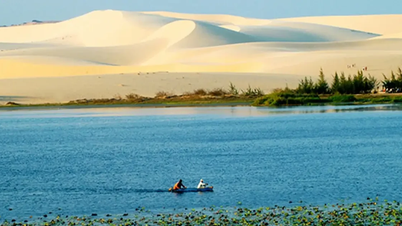

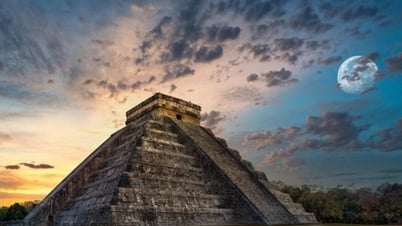

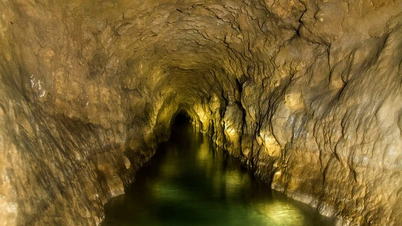
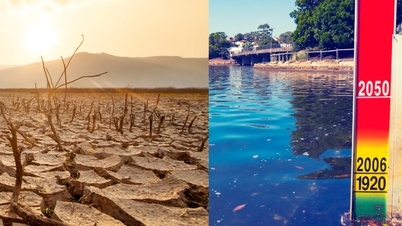

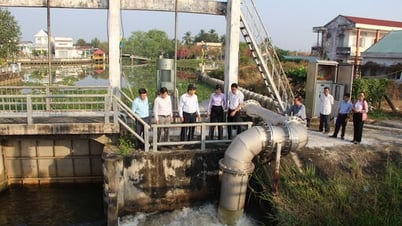

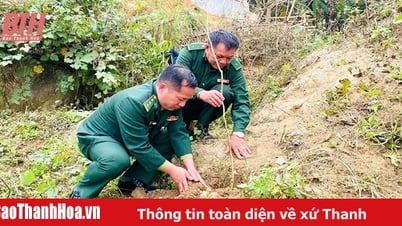





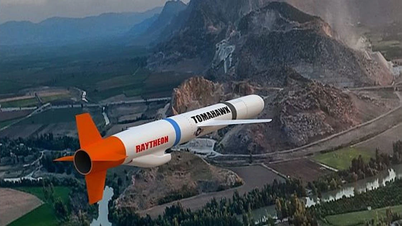
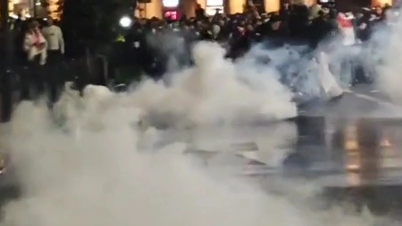
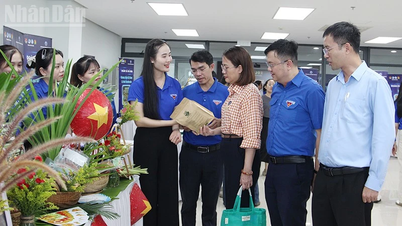





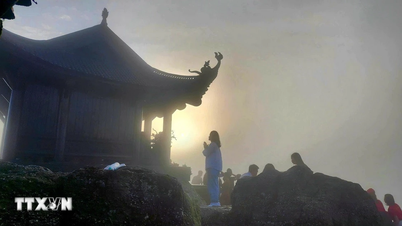

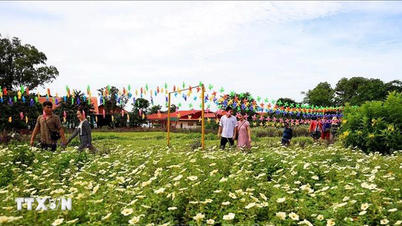
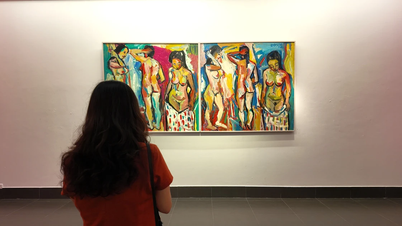

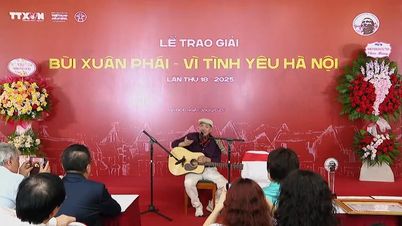

























![[VIDEO] Summary of Petrovietnam's 50th Anniversary Ceremony](https://vphoto.vietnam.vn/thumb/402x226/vietnam/resource/IMAGE/2025/10/4/abe133bdb8114793a16d4fe3e5bd0f12)

![[VIDEO] GENERAL SECRETARY TO LAM AWARDS PETROVIETNAM 8 GOLDEN WORDS: "PIONEER - EXCELLENT - SUSTAINABLE - GLOBAL"](https://vphoto.vietnam.vn/thumb/402x226/vietnam/resource/IMAGE/2025/7/23/c2fdb48863e846cfa9fb8e6ea9cf44e7)














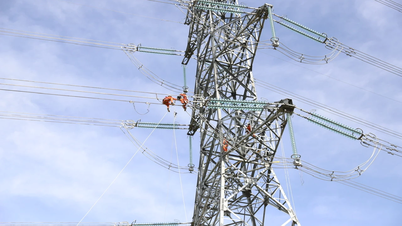

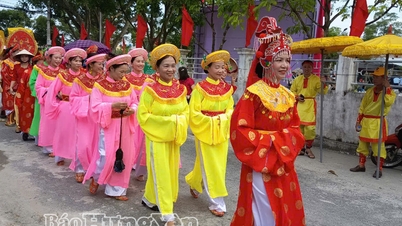

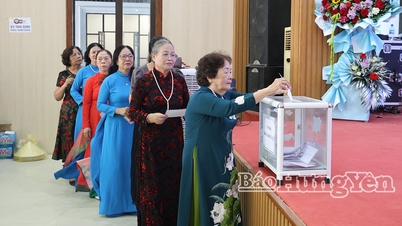
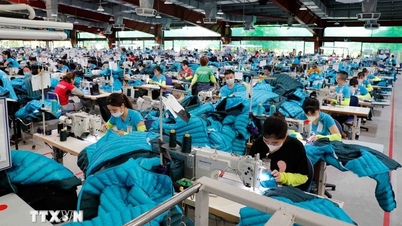

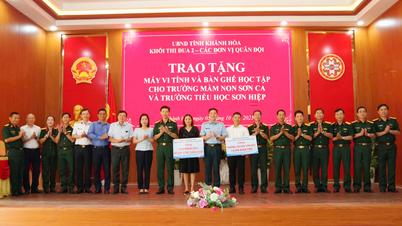















Comment (0)